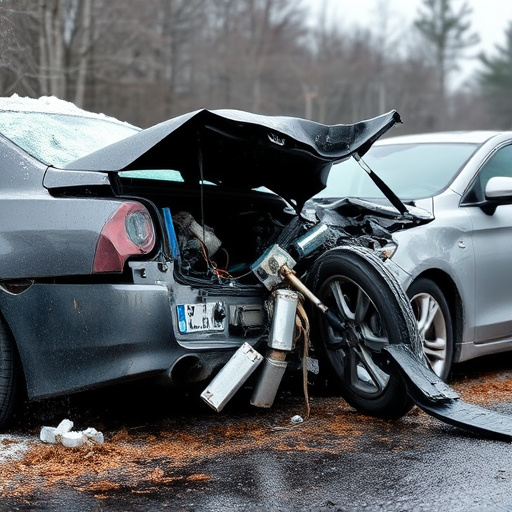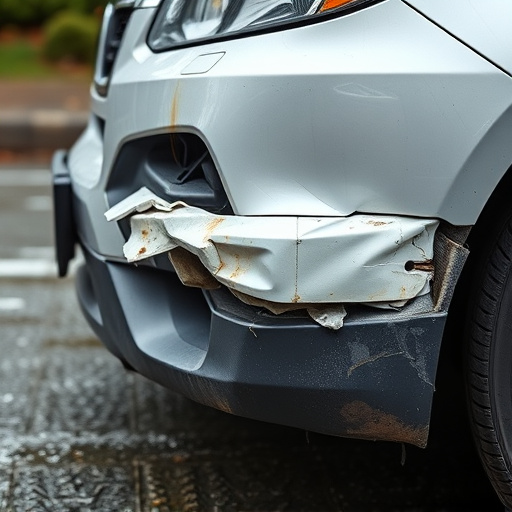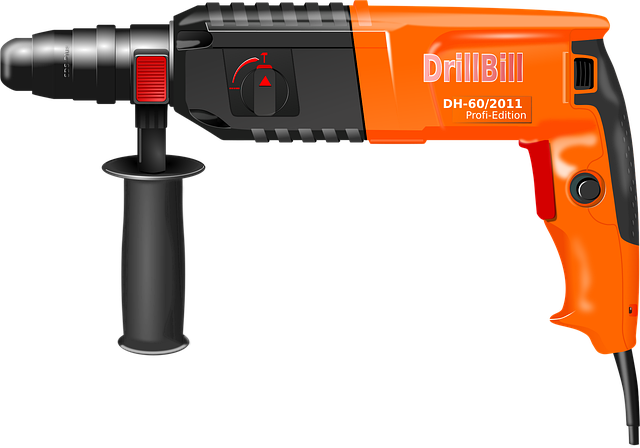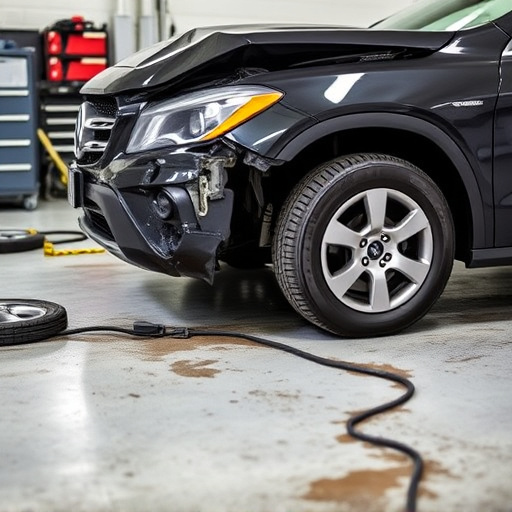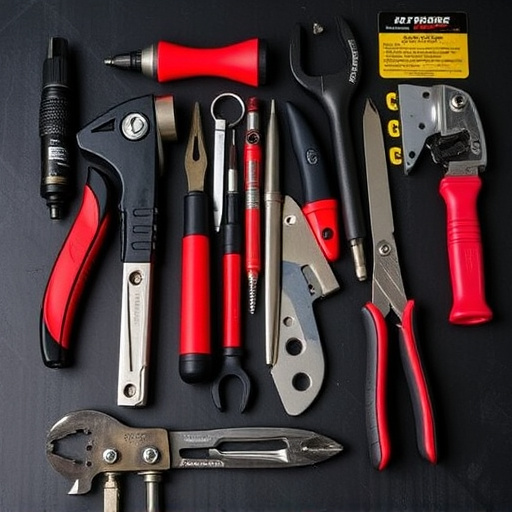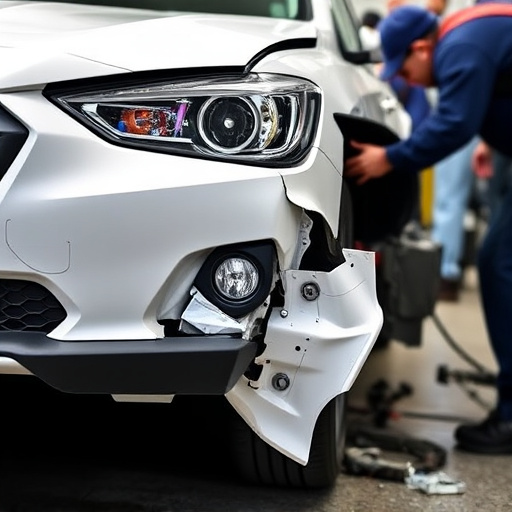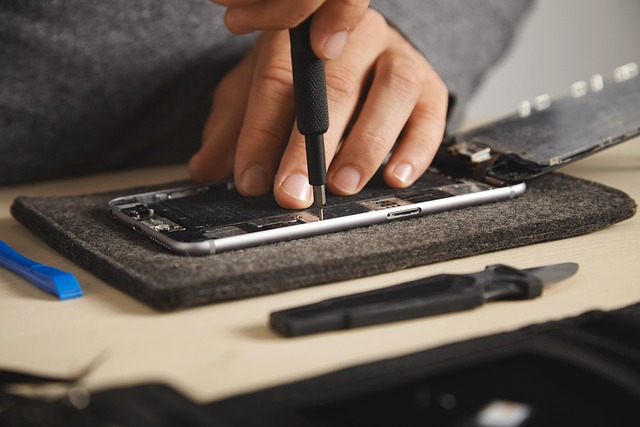Vehicle delivery inspections are a vital process for efficient insurance claim management after car accidents or disasters. Trained professionals assess external and internal vehicle conditions, including paint jobs, body panel alignments, and mechanical systems, using high-quality photos and detailed reports as evidence. This streamlines claims closure, reduces processing times, prevents fraud, ensures accurate damage evaluation, and benefits both insurers and policyholders through transparent communication.
Vehicle delivery inspection plays a pivotal role in expediting insurance claim closure. This meticulous process involves assessing vehicles post-delivery, ensuring their condition aligns with pre-delivery promises and insurance policies. By implementing robust vehicle delivery inspections, insurers can efficiently validate claims, reduce fraudulent activities, and enhance customer satisfaction. This article delves into the intricacies of the inspection process, its significance in claim assessment, and how it streamlines the entire claims management system.
- Understanding Vehicle Delivery Inspection Process
- Role of Inspections in Claim Assessment and Validation
- Streamlining Insurance Claim Closure with Efficient Inspections
Understanding Vehicle Delivery Inspection Process
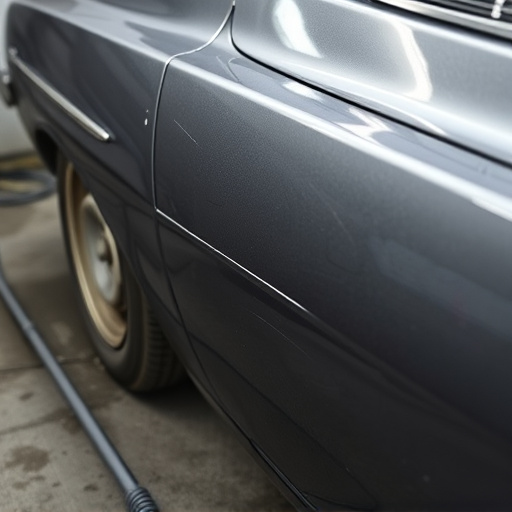
The vehicle delivery inspection process plays a pivotal role in ensuring smooth insurance claim closure for car collision repair and auto painting services. It involves a meticulous evaluation of the vehicle’s condition by trained professionals, who assess every nook and cranny to pinpoint any existing damage or discrepancies. This thorough check is crucial in verifying the authenticity of claims, especially when it comes to complex repairs like car collision repair or extensive auto painting work. By examining the vehicle thoroughly, inspectors can provide an accurate account of the damage incurred, enabling insurance companies to process claims efficiently and fairly.
This inspection process includes a detailed examination of both external and internal components. For instance, examiners will look for signs of previous accidents, assess the quality of paint jobs, and check for any misalignments in body panels. They also inspect mechanical systems, such as brakes, suspension, and engines, to ensure they function optimally. The findings from these inspections are then documented, often with high-quality photographs and detailed reports, which serve as irrefutable evidence for insurance claim assessments, thereby streamlining the claims closure process and facilitating faster compensation for car repair services.
Role of Inspections in Claim Assessment and Validation
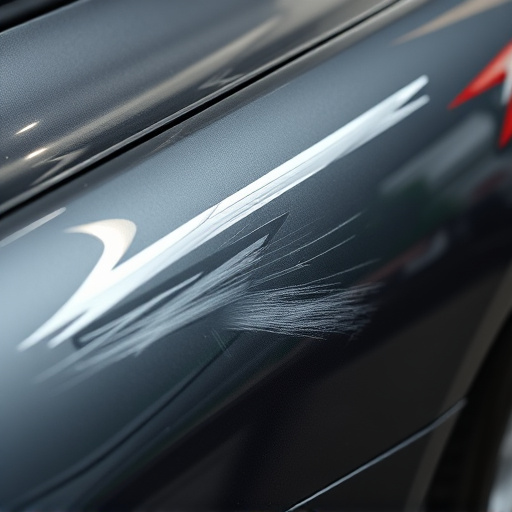
Vehicle delivery inspections play a pivotal role in streamlining insurance claim processes and ensuring accuracy in damage assessment. When a vehicle undergoes a delivery inspection after an incident, such as an accident or natural disaster, it provides a comprehensive visual record of its current state. This is crucial for claim assessors who need to validate the extent of damage and determine the necessity of repairs.
By meticulously examining the vehicle, including key components like auto glass replacement, paintwork, and structural integrity, inspections help verify the legitimacy of claims. In cases involving automotive collision repair or car collision repair, these detailed reports can aid in justifying repair estimates, ensuring that only necessary work is performed, and preventing fraudulent claims. This process not only facilitates faster claim closure but also safeguards insurance providers and policyholders alike.
Streamlining Insurance Claim Closure with Efficient Inspections
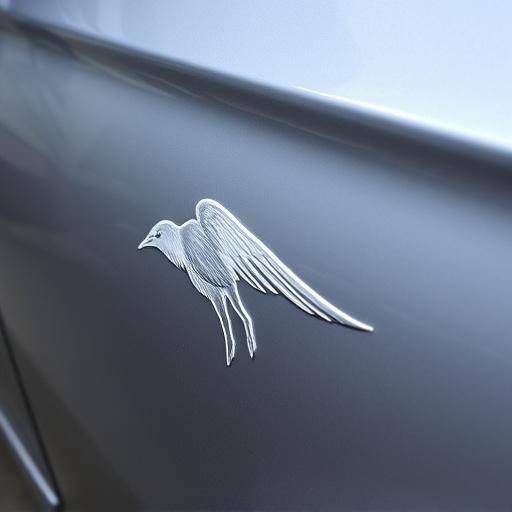
Streamlining Insurance Claim Closure with Efficient Inspections
Vehicle delivery inspection plays a pivotal role in simplifying and expediting insurance claim closure processes. By systematically evaluating the condition of vehicles upon delivery, insurers can significantly reduce claim processing times and enhance overall efficiency. This proactive approach ensures that all necessary information about any existing damages or issues is accurately documented before the vehicle changes hands, thereby avoiding subsequent disputes or delays.
Efficient inspections enable a swift comparison between initial and final vehicle conditions, facilitating faster decision-making. Moreover, it facilitates effective communication between insurance providers, claimants, and repair facilities, such as collision centers. This seamless coordination streamlines the claim settlement process, offering a smoother experience for all parties involved. Effective inspection practices also promote transparency, minimizing instances of fraudulent claims or unwarranted repairs, including costly car dent removal processes.
Vehicle delivery inspection plays a pivotal role in streamlining insurance claim closure processes. By meticulously assessing vehicles upon delivery, insurers can efficiently validate claims, reduce fraud, and expedite settlement. This comprehensive approach ensures that all parties involved benefit from a faster, more accurate, and reliable claim resolution process, ultimately enhancing customer satisfaction.

